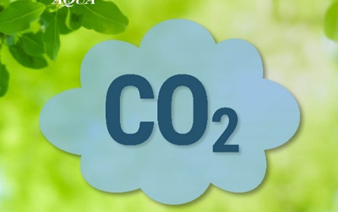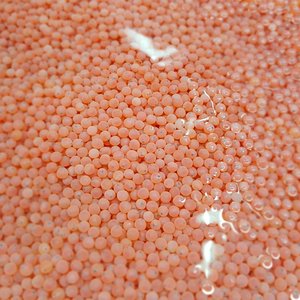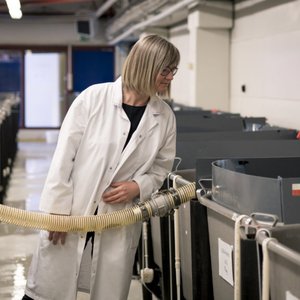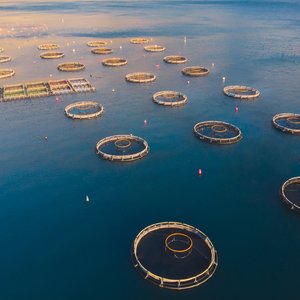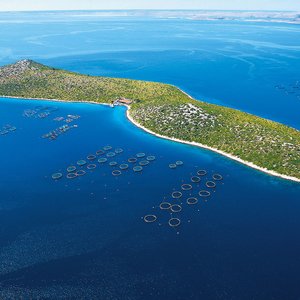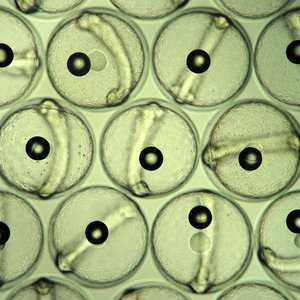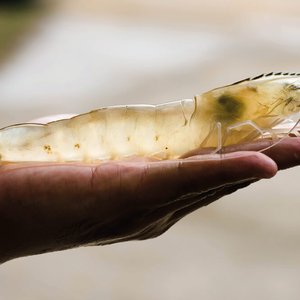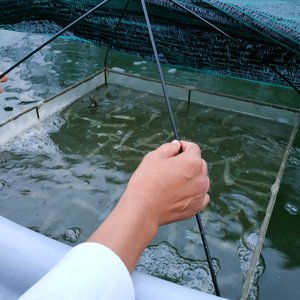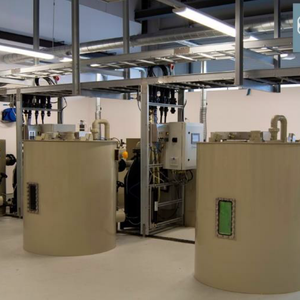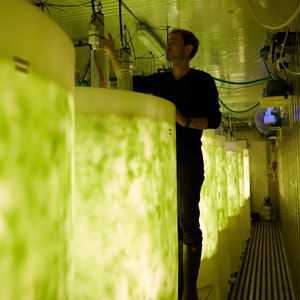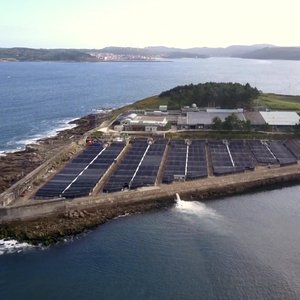Aller Aqua started labeling its feeds with their CO2 equivalent. The number is printed on labels on feeds from the Danish, German and Polish factories. The rest of the factories will add the declaration soon. The company announced in January 2021 the new label and achieved the verification by Bureau Veritas in August, being the first fish feed company in the world to have a verified CO2 equivalent in its feeds.
Currently, most people are aware of the negative impacts of human production in terms of CO2 emission. Carbon emissions heavily influence global warming and the increasing CO2 emissions worldwide make it is evident that things must change.
Henrik T. Halken, group vice president, CPO/CCO, explained, “it has been important for us to get this right and have a declaration that customers can relate to. We want to be transparent. We want to enable our customers to compare CO2 emissions between competing products. Therefore, we work with aquaculture stakeholders to create a standard across the sector. This is also why it was important for us to obtain verification before launching. Food and feeds already have many labels. We want to create value by ensuring that our chosen system is widely applicable. At the same time, it must be relevant for the end consumers. The CO2 equivalent calculated on all our feeds enables all that.”
“The verified CO2 numbers are our baseline and ensure our focus on emissions. From here we can start making choices about our raw materials. Feed performance and price is our priority. However, when we can lower the CO2 equivalent without compromising on quality or increasing the price, we will. We took the first step by phasing out the use of South American soya for our European factories,” the company said.
“Displaying our CO2 equivalent is a way for us to be transparent, while the verification validates our methods and results. Consumers increasingly request transparency about the food they buy. In the aquaculture value chain, we should be ready to meet these requests. We are proud to be the first movers and hope to start a dialogue about the impact of production in the sector,” the company said. “We hope to start a dialogue about emissions that will spark interest and awareness in the sector and beyond. We want to help develop the entire aquaculture sector in a continuously sustainable direction. We know that sustainability is much more complex than choosing a low emission feed. However, in the aquaculture sector, we must discuss the parameters of sustainability as the foundation for the choices we make – including CO2 emissions.”


